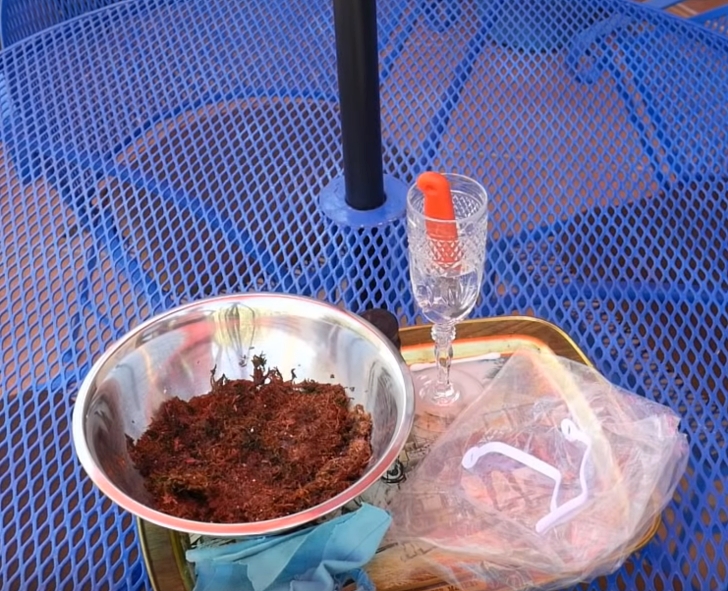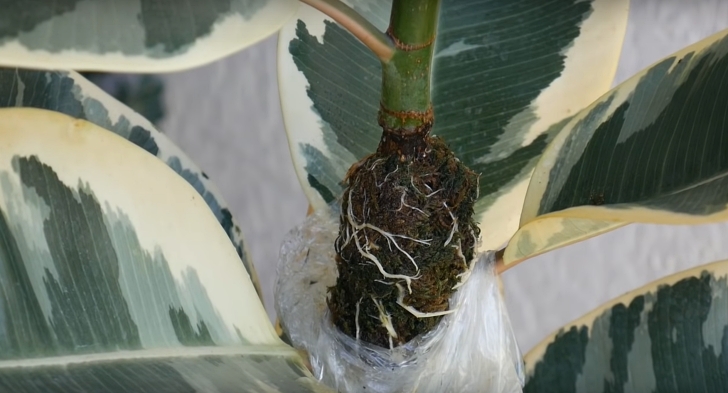Air layering is a propagation method that’s been trending lately, but what are the advantages and how do you do it? Well, even though it sounds complicated it’s really not. This method is good for indoor plants like pothos, heartleaf philodendron, monsterra, dracena, and ficus plants.

You can use this method in place of cuttings to make more plants for you, but you can also use this on plants that have gotten too tall as well. Instead of cutting a section of the plant off and waiting for it to grow roots (or should we say hoping), this method utilizes the growth nodes that are still on the mother plant, which usually makes for a quicker process with less risk overall.

You’ll need some moss, some plastic kitchen wrap, and some masking tape or zip ties to start your air layering. Make sure you mother plant is in good condition as this method is best used on already healthy plants.

To begin soak you moss in water for a few hours so that it’s very moist. You can use peat moss, sphagnum moss, or coconut cloth for this.
Find the growth node closest to where you would normally take a cutting from. Take off any leaves that are in the way as you will need some space. If you want you can use rooting hormone on the growth node to help roots grow. For plants like rubber trees that have a thick, woody stem, you can cut a v-shape notch or ring on the stem so that the rooting hormone can make it to the inner part of the plant.

Wrap the node in the moss or growing medium and secure the plastic wrap around it taking care that there are no gaps in the plastic where the growing medium can dry out.
Secure the plastic wrap with zip ties, twist ties, or masking tape as needed. You want to make sure this is firmly in place and a bit on the tighter sider just so that the moisture doesn’t evaporate too quickly. Check the moisture level every week, spraying with water whenever it gets too dry.
In about 2 weeks where the node was you should have roots growing on vining plants, but woody plants might take longer. The section can be cut just below the new roots and potted as normal.

What this method does it to eliminate the risk of cutting a big chunk of your mother plant off only to find that it won’t root in water. In the end this can save you a lot of waiting time as well, since it seems to work a lot faster than the traditional cutting propagation method.
If you’ve had bad luck with getting cuttings to root then this air layering method might just be the ticket to make your future propagations a whole lot more successful.













